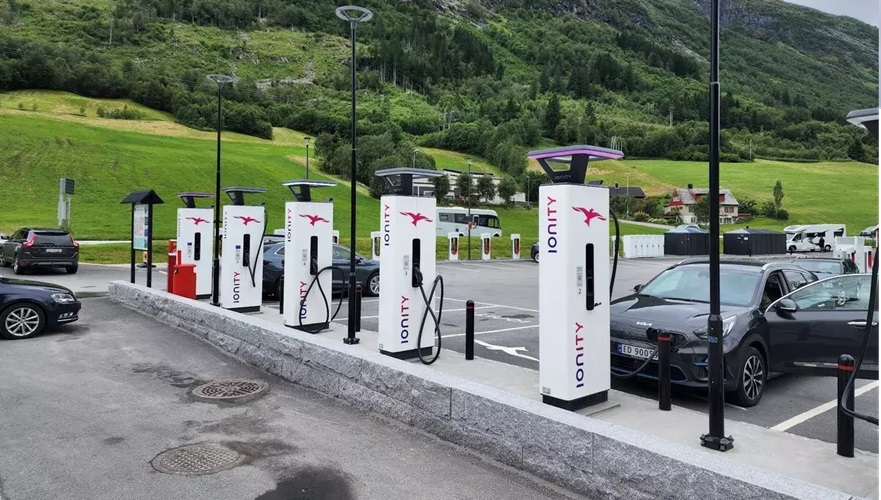During her PhD, Verónica Anadón Martínez, an Energy Engineer, explores the concerns of electric vehicle (EV) users when embarking on a road trip in Norway.
Through conversations with family and friends, Anadón Martínez identifies that one of the challenges drivers face is range anxiety.
“Today, if you have to travel, it is vital to know where the charging stations are, the distance between them, make sure they are suitable, and that you can reach the next one,” emphasizes Anadón Martínez.
Planning the route becomes crucial to avoid running out of electricity midway.
At the Tomorrow.Mobility World Congress 2023 (TMWC2023), the Spanish researcher explains how charging infrastructure can be optimized to avoid such complications.

Anadón Martínez emphasizes the need for collaboration among three sectors: the electrical system, charging infrastructure and service, and electric vehicle users.
Researchers aim to address challenges related to user comfort promptly, given Norway’s leadership in electromobility.
Anadón Martínez notes that installers seek an optimal location for the points, but may not consider user behavior as much.
In this sense, the project’s purpose is to optimize charging infrastructure, maximize usage, and minimize investment, she comments.
To resolve these issues, Anadón Martínez plans a trip to Norwegian highways to gather information on traffic, local power supplies, and user habits.
According to studies by the Norwegian group OFV, 87% of car sales in the country were electric in the current year, compared to only 7% in the United States.
Currently studying in Catalonia, Spain, Anadón Martínez is part of the FuChar – Grid and Charging Infrastructure of the Future project focused on Norway.
FuChar primarily addresses high-power charging and other aggregated charging interfaces.
The project aims to provide greater knowledge about electric charging and user behavior, along with new methods and tools for optimizing the grid and the infrastructure.
The plan is close to the finish line, since it is planned on a period of four years, spanning from 2019 (the year FuChar was established) to 2023.
The goal is to contribute to a more user-friendly and efficient electrification of transport.
This will be accomplished through research on a variety of topics.
Among them, the project contemplates: analysis of transport patterns, user behaviour and charging profiles from electric vehicles and vessels, development and testing of alternative system configurations.
Also, development of methods for optimal planning and operation of the points in the distribution grid.
What is the current state of electromobility in Norway?
According to ChargeUp Europe study, the old continent it set to have a 934% increase in the green fleet by 2030.
In 2022, there were 5.5 million EVs in Europe, with expectations to reach 16 million by 2025 and 55 million by 2030, considering both battery electric vehicles (BEV) and plug-in hybrid electric vehicles (PHEV).
According to the Europpean Comission overview of the publicly accessible recharging points installed in the Member States, the leading countries are the Netherlands (150,223), France (112,490), and Germany (111,699).
Norway, a pioneer in electromobility, follows with 23,429 stations.

A recent market development is Circle K’s project, the first company to introduce automatic charging throughout Scandinavia, starting in Norway.
This initiative allows hundreds of thousands of EV owners to plug in, charge, and use their vehicles seamlessly.
The brand already has 592 stations in the country, with 80 of them featuring autocharge and automatic payment systems.
Read More: ACEA’s position paper to the EU Circular Economy Regulations







